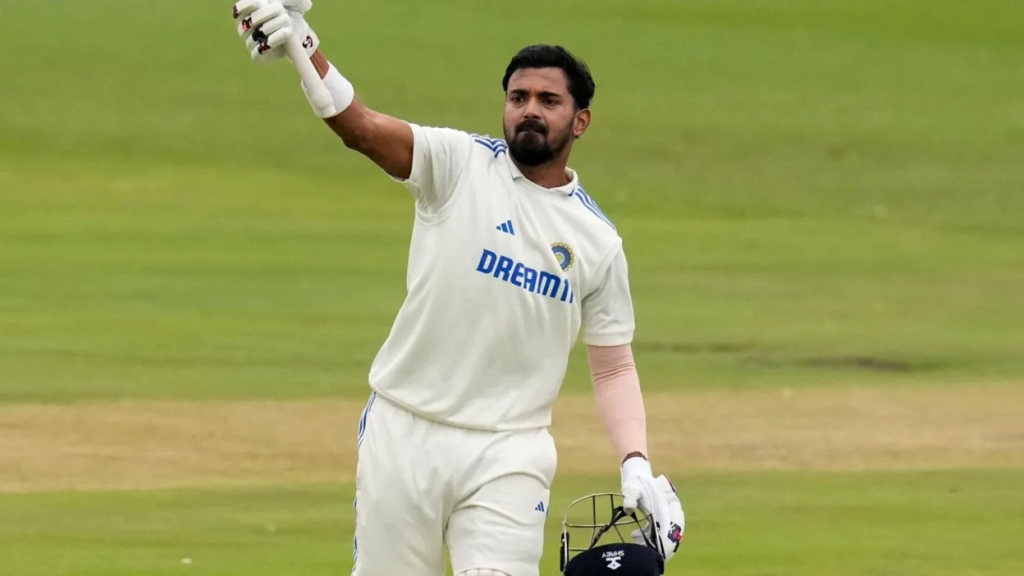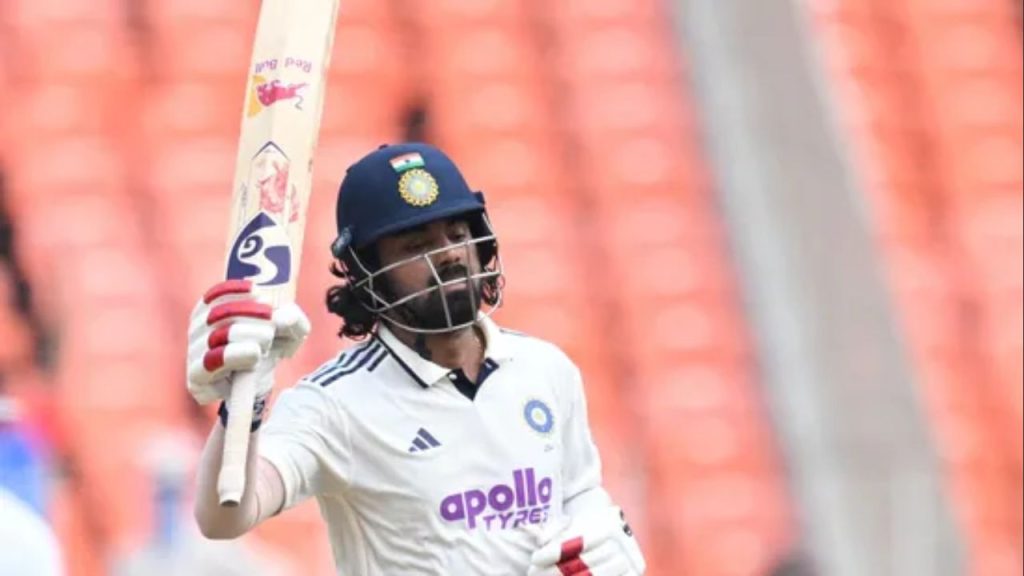KL Rahul, increasingly confident and comfortable in his role, is starting to develop the consistency that previously eluded him.
KL Rahul’s Journey to Consistency and Leadership in Test Cricket

When cricketers insist that the desire to keep learning, improving, and striving to get better is innate and never-ending, it’s rarely just a cliché. Most truly walk the talk, though results can be immediate or take time. KL Rahul falls into the latter category.
The 33-year-old has been a Test cricketer for over a decade. He first showcased his talent in only his second Test in Sydney, January 2015, hinting at a future filled with centuries. While he hasn’t always lived up to expectations, Rahul is now on a course-correction spree, scoring three centuries in his last six Tests.
An average of 35.41 across 63 Tests doesn’t fully capture a technically accomplished batter capable of playing every stroke with authority and elegance. Yet, runs in Test cricket can be built with grit and patience, not just finesse. KL Rahul is embracing this approach, particularly in India where spinners and spread-out fields demand workmanlike resilience.
With Rohit Sharma and Virat Kohli retired from Tests, Rahul has become the senior-most specialist batter. His responsibilities extend beyond scoring—mentoring players like Sai Sudharsan in England—but he continues to focus on his own performance. Elevated by his seniority and newfound comfort in his game, KL Rahul is steadily building the consistency that has long eluded him.
On Friday at the Narendra Modi Stadium in Ahmedabad, Rahul crafted his 11th Test century with patience and industry, 10 of those as an opener. Among Indian openers, only M Vijay (12), Virender Sehwag (22), and Sunil Gavaskar (33) have more hundreds. That 30% of his tons have come in the past three and a half months reflects his determination to make this phase of his career count.
Since the Champions Trophy in Dubai earlier this year, KL Rahul appears mentally liberated. Becoming a father in March has added to his sense of peace. He smiles more readily, relishes his senior role, and has become a compelling presence at the crease—whether in immaculate leaves, solid defense, or stylish strokeplay.
KL Rahul’s reinvention: Mental drills, discipline and the hunger for more

Rahul 2.0 hasn’t come about by chance. He recently shared the kind of mental work he has undertaken, which is translating into remarkable consistency and resilience at the crease. “I have spent time with an expert to improve my reaction time and other mental drills,” he revealed. “A lot of other sports use it. I have seen this in Formula One and picked it up from one of the guys I worked with in Salzburg (Austria).”
From a cricketing perspective, Rahul has embraced the discipline of accumulating runs methodically—ones and twos matter as much as spectacular boundaries. In Ahmedabad, his 11th century came off 190 deliveries with only 12 fours, meaning 52% of his runs were scored the less glamorous way through judicious placement and hard running. Test runs hold equal value, whether scored flamboyantly or through graft. By his own admission, a delayed mental adjustment had previously cost him big runs at home; before Friday, only one of his centuries had come in India, the 199 against England in Chennai nearly nine years ago.
Rahul was dismissed for exactly 100, falling in the first over after lunch—the fifth time he has been out between 100 and 110. With a flat pitch and the West Indian attack offering little threat, he could have extended his innings, as Shubman Gill did in England. Perhaps now, Rahul will learn to embrace the greed that often serves as a batter’s greatest ally.


